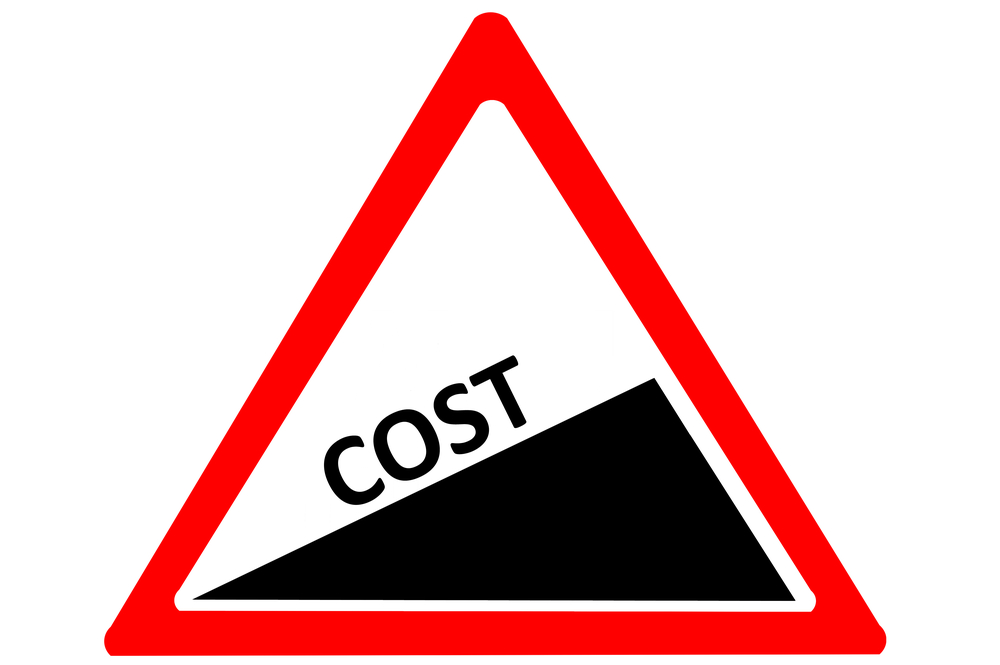
I tried to keep change control simple. Otherwise it would take up a disproportionate amount of time and effort by those concerned and not add value to delivering the project
Key to this was classifying change to help those forecasting and controlling costs
Whenever a document required a reason for change stating (eg bid assessment, contract variation, design change note), I tried to stick to three types of change control classification:
- Scope change
- Design development
- Estimating error
A scope change was something tangible, significant and unforeseen like Client requests for extra equipment. Usually covered in an estimate by project contingency
Design development was something expected to occur as details were finalised. Usually covered in an estimate by “growth” allowances based on risk management and discipline experience
Estimating error would explain everything else, not attributed to the above two. Usually a method to explain unintended overruns in services, programme, materials and labour
Hi David,
Change control was always a high priority on the Accounts I worked on. Our classifications were: Requirements / Scope / Timescales / Price. Often the customers would introduce Scope Creep 🙂 !
The customer or us (the Supplier) could raise Change Control Notes (CCN) / Project Change Requests (PCR) for review and submission.
As the contracts got tighter, the more effort was required to be clear (nailed down) on the Statement of work / proposal.
Cheers Chris
Chris
Thanks for your comments. Its interesting to view my suggestions against those of IT projects
I suppose Requirements and Scope could be covered by my Scope Change classification
Timescale is an interesting classification. If unintended I would view it as an Estimate Error. If however the Client requested the programme extension then I would view it as a scope change
Scope Creep I assume is for small changes so I would probably class it as Design Development
Unfortunately it is not an exact science and open to interpretation by the parties involved
See you soon
David